|
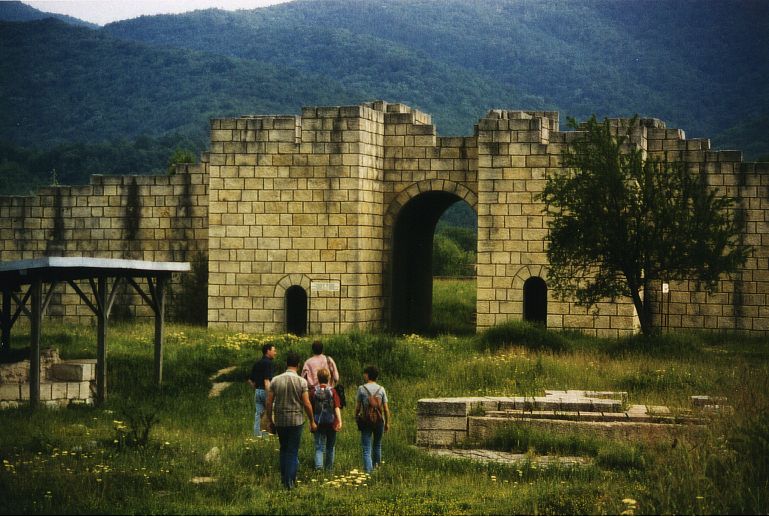

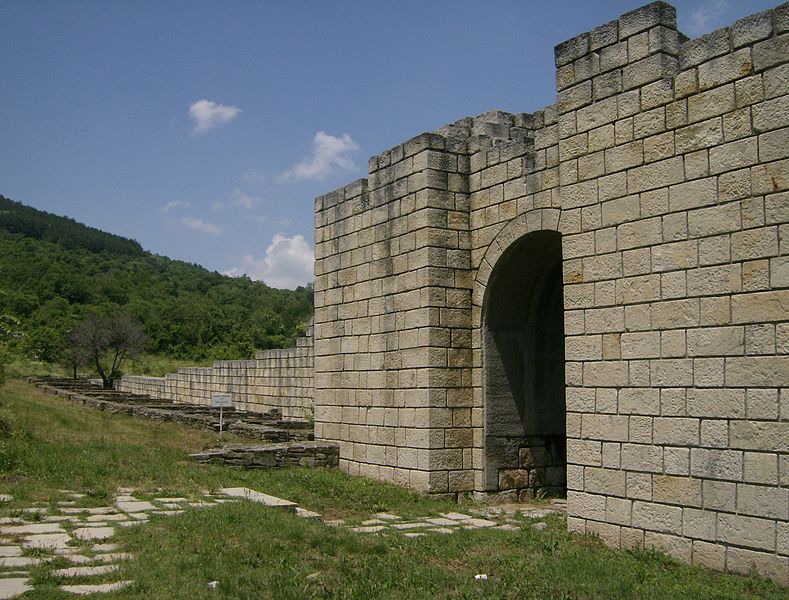
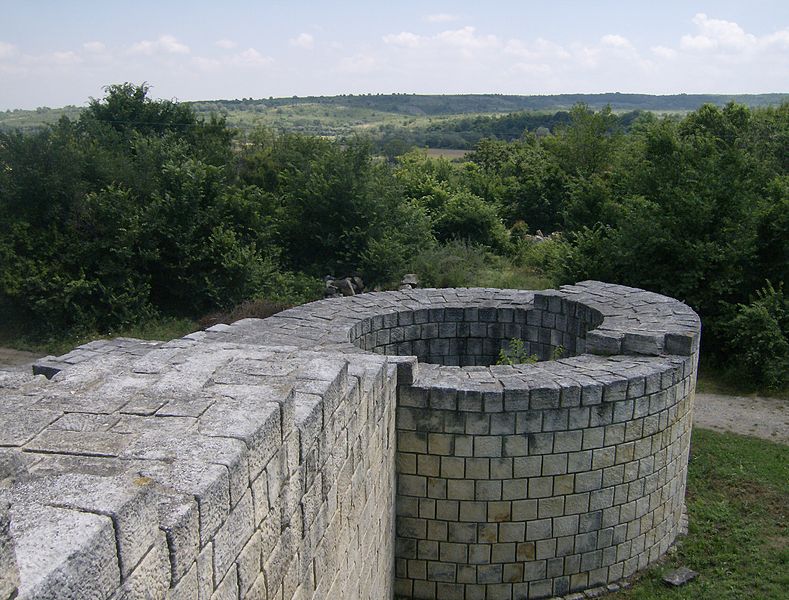
bezoek de
website van
het archeologisch museum van Preslav:

 |
Preslav (Bulgarian: Преслав) was the
capital of the first Bulgarian Empire from 893 to 972
and one of the main cities of medieval Southeastern
Europe. The ruins of the city are at about 20 kilometers
southwest of Shumen, and are currently a national
archaeological reserve. The name
of Preslav is clearly of Slavic origin, apparently it
was originally founded as a Slavic settlement until its
fortification at the beginning of the 9th century. The
proximity of the former Bulgarian capital Pliska has led
to the rapid development and expansion of Preslav during
the reign of khans Krum and Omurtag. At the coronation
of Khan Boris I in 852, Preslav was an important
strategic military center. A number of churches were built in the
city after the conversion of Bulgarians to Christianity
in 864. The pagan Pliska revolt in
892 was decisive for the future fate of the city. In 893
Vladimir was dethroned and the new ruler, Simeon the
Great, decided to move the capital of the state from the still
somewhat pagan Pliska to Preslav. In the next 80
years the city develops rapidly and becomes a center not
only of Bulgarian politics and diplomacy, but also of
culture, literature and fine arts. After Simeon
the city continued to develop between 930 and 940 and
reached its peak during the reign of Tsar Peter I of
Bulgaria. The Preslav Literary School, which was founded
in 886 in Pliska and was moved to Preslav along
with the rest of the court in 893, was an important
cultural center. The biggest Bulgarian writers of the
Old Bulgarian period worked in Preslav: among them John
Exarch, Constantine of Preslav, Chernorizets Hrabar. It
was probably around the Preslav Literary School that the
Cyrillic alphabet was developed in the mid 9th century.
The city also had large ceramic workshops, art ceramics,
vitrified tiles, ceramic and icons. The prosperity of the city ended in the years
960, when it was occupied by Prince Sviatoslav. In the
ensuing war between Byzantine and Ruthenian the city was
left devastated by the armies of the Byzantine Emperor
John I Tzimisces. The conquerors took off with the
treasury, the regalia of the Bulgarian tsars and a large
part of the library of Simeon. Although the city didn't
loose its interest during the next three hundred years,
the outskirts and the great monasteries were desolate,
and the economy lost its vitality and meaning.
Preslav partially regained its
interest in Bulgarian politics during the early years of
the Second Bulgarian Empire under Peter IV of Bulgaria
and Ivan Asen I. Apparently Ivan Asen ruled from the
center of the emerging Tarnovgrad, while his brother and
co-ruler Theodore Peter lived in Preslav as a symbol for
the new state of Bulgaria. The strategic benefits of
Tarnovgrad were ultimately decisive and the significance
of Preslav diminished during the 13th century. The Tatar
invasions in the late 1270 forced the last citizens out
of Preslav, together with the bishop of the city. Some
surviving refugees built a village with the same name two
kilometers north of the old fortresses, where the
present town of Veliki Preslav still is. |
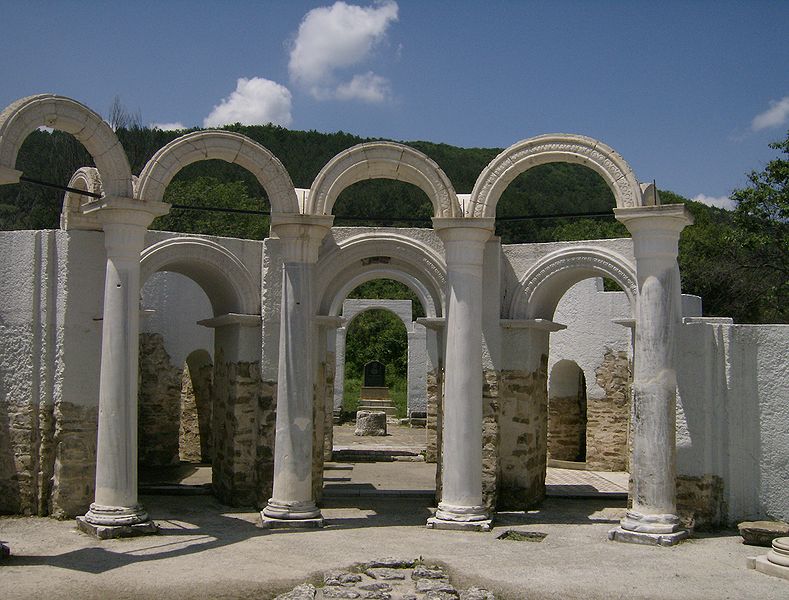
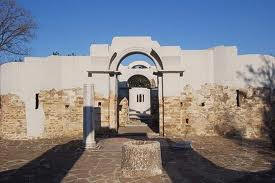
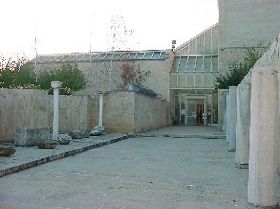
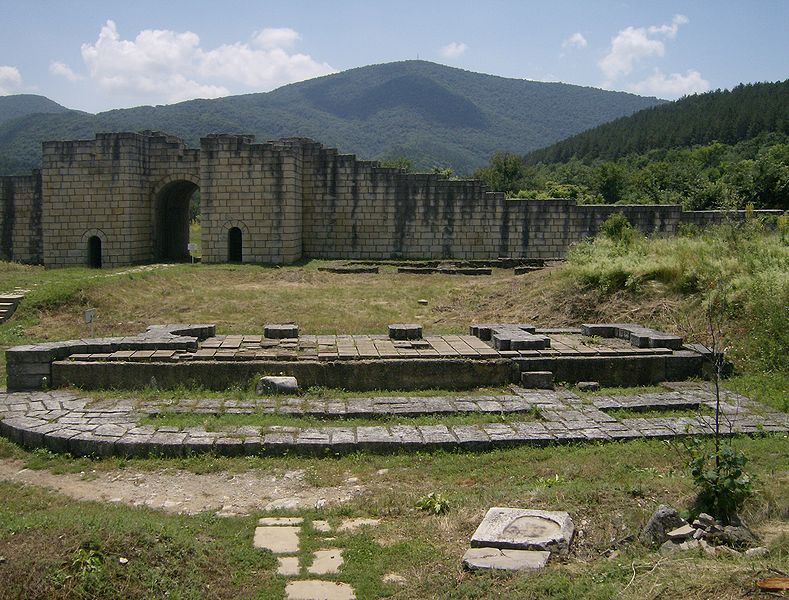

|



